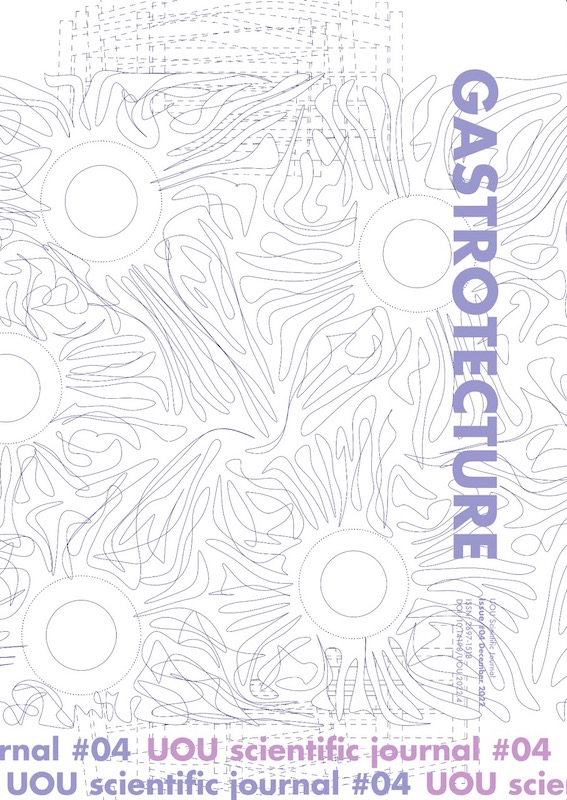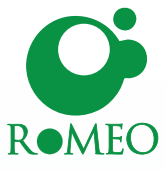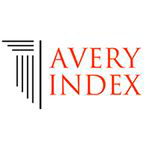From being Consumers to becoming Producers: DESIGNING CYCLES at 64°
Abstract
In the sub-arctic climate with its extremely short growing seasons and a land cover that is dominated by forest and very little agricultural land, the built-up area offers an untapped capacity when thinking about sites for food production. This accounts both for the existing and, given the dynamics of Northern Sweden in terms of development and population growth, the forthcoming building stock.
Designing Cycles at 64° takes a multi-scalar approach addressing individual building typologies and, exemplarily for climate adaptation of northern climate zones, the city of Umeå, Sweden with its diverse urban fabric as a whole. Expanding on Bengt Warne’s Naturhus (1974) and following examples, we anticipate new multifunctional architectural models applicable in various contexts and scales (see fig. 2). It further builds on the hypothesis that low-tech, low-cost landscape-based solutions are applicable in different societal contexts and therefore potentially contribute to overcoming segregation (Redeker, Jüttner, 2020).
At 64° latitude, interior landscapes and their water-energy-food nexus offer interesting possibilities to extend growing seasons and diversify crops, to reduce energy consumption while providing hybrid living spaces between inside and outside. By exploring greenhouse extensions and building envelopes (GEEs) as local passive architectural solutions, DC64° sets out to build productive interfaces between the private and public sector, academia involving the disciplines of architecture and urban planning, urban water management, plant physiology and vertical gardening, as well as the general public in a living lab format. In this text we want to reflect on phase 0 of a living lab set up, reflect on the idea of a new vernacular for local food production in the sub-arctic and the context that defines this adaptive process and elaborate the outline of the methodology to be applied.
Funding
Luis Berríos Negrón, paramodular, Jan Åman, Gaz & Eau, Victor Wembrand, Restaurant Trädgårn, DuvedDownloads
References
Appelqvist, M. Almqvist, M. The Duved Model – English Summary. Tyréns. 2022, p. 9 https://www.tyrens.se/media/5638/the-duved-model_english_2022-04-11_klar.pdf (accessed 2022-09-30)
Atwood, R. Organic or starve: can Cuba’s new farming model provide food security? In:The Guardina Oct 28, 2017 https://www.theguardian.com/environment/2017/oct/28/organic-or-starve-can-cubas-new-farming-model-provide-food-security (accessed 2022-09-20)
Berríos-Negrón, Luis. Breathtaking Greenhouse Parastructures: a supplement to the Arcades Project from a Caribbean Perspective [and a call to a careful practice of epistemológica]. Konstfack Collection, ISBN: 978-91-7873-592-1, 2020, pp. 17-18
Food and Agriculture Organization of the United Nations Rome. The future of food and agriculture – Trends and challenges. Rome, 2017, p. x
Grundström, E. Vi bor på Ön- Cohousing on Norra Ön. Designing Cycles at 64° bachelor project. Umeå University School of Architecture, 2020. https://umu.diva-portal.org/smash/get/diva2:1661500/FULLTEXT01.pdf
Holmön Utvecklingsforum. Lokalekonomisk Analys, 2020, p. 6 http://www.holmon.se/wp-content/uploads/2020/07/HUF_LEA.pdf (accessed 2022-09-30)
Jonasson, L. Persson, S. Skafferiet mellan kust och fjäll – Livsmedelsproduktion i Västerbottens län. 2017
Maas, T., van den Broek, J., Deuten, J. Living Labs in Nederland – Van open testfaciliteit tot levend lab (Dutch). Den Haag, Rathenau Instituut. 2017
McCormick, K., Hartmann, C. The Emerging Landscape of Urban Living Labs: Characteristics, Practices and Examples. GUST project report, Lund University. 2017
http://lup.lub.lu.se/ record/77262ed5-1219-4798-89d9-872286efdb7b, retrieved 06th December 2018
Mollison, B. Permaculture – A Designer’s Manual ISBN 978-0-908228-01-0, 1988
Redeker, C. Jüttner, M. Landscaping Egypt – From the Aesthetic to the Productive. Jovis Publishers, 2020, p. 21
Schneidewind, U. Singer-Bodrowski, M. Augenstein, K. Transformative Science for Sustainability Transitions. In: Handbook of Sustainability Transitions and Sustainable Peace. Springer, 2016, pp. 123-136
Verhoef, L. Bossert, M. The University Campus as a Living Lab For Sustainability. A Practitioner’s Guide and Handbook. TU Delft, HS Stuttgart, 2019, p.32-33
Warne, B. Frederiksson, M. Under the Conditions of an Acacia, 1974
Westergren, S. Självförsörjning av mat i Sverige, 2020
https://www.riksdagen.se/sv/dokument-lagar/dokument/motion/sjalvforsorjning-av-mat-i-sverige_H8022602 (accessed 2022-09-30)
websites for case studies
https://www.eldrimner.com/core/files/jordkallare_korr_3.pdf (accessed: 04 October 2022)
https://www.duvedframtid.se/english (accessed 2022-10-01)
https://www.restaurantmoment.dk (accessed 2022-10-01)
https://tailor-made.se/digitala-tomater/ (accessed 2022-10-01)
https://www.regenvillages.com (accessed 2022-10-07)
https://kollektivhusumea.org (accessed 2022-10-07)
https://www.vbm.se/en/gammlia/byggnader-pa-friluftsmuseet/bastun/ (accessed: 04 October 2022)
https://world-habitat.org/world-habitat-awards/winners-and-finalists/solar-housing-renovation-gardsten-sweden/ (accessed 03 March 2022)
Downloads
Published
How to Cite
Issue
Section
License
Copyright (c) 2022 Cornelia Redeker, Sara Thor, Constanze Hirt

This work is licensed under a Creative Commons Attribution 4.0 International License.
The authors keep their rights upon their work, although they transfer, in a non-exclusive way, the rights of exploitation (reproduction, publication, distribution, public dissemination and presentation) to the Journal. The authors are, therefore, free to enter additional, separate contracts for the non-exclusive distribution of the version of the work published in the Journal (for instance, by hosting in an institutional repository or publication in a book), provided credit is given that the work was initially published in this journal. The works are published under a Creative Commons Attribution 4.0 (CC BY 4.0) license.












